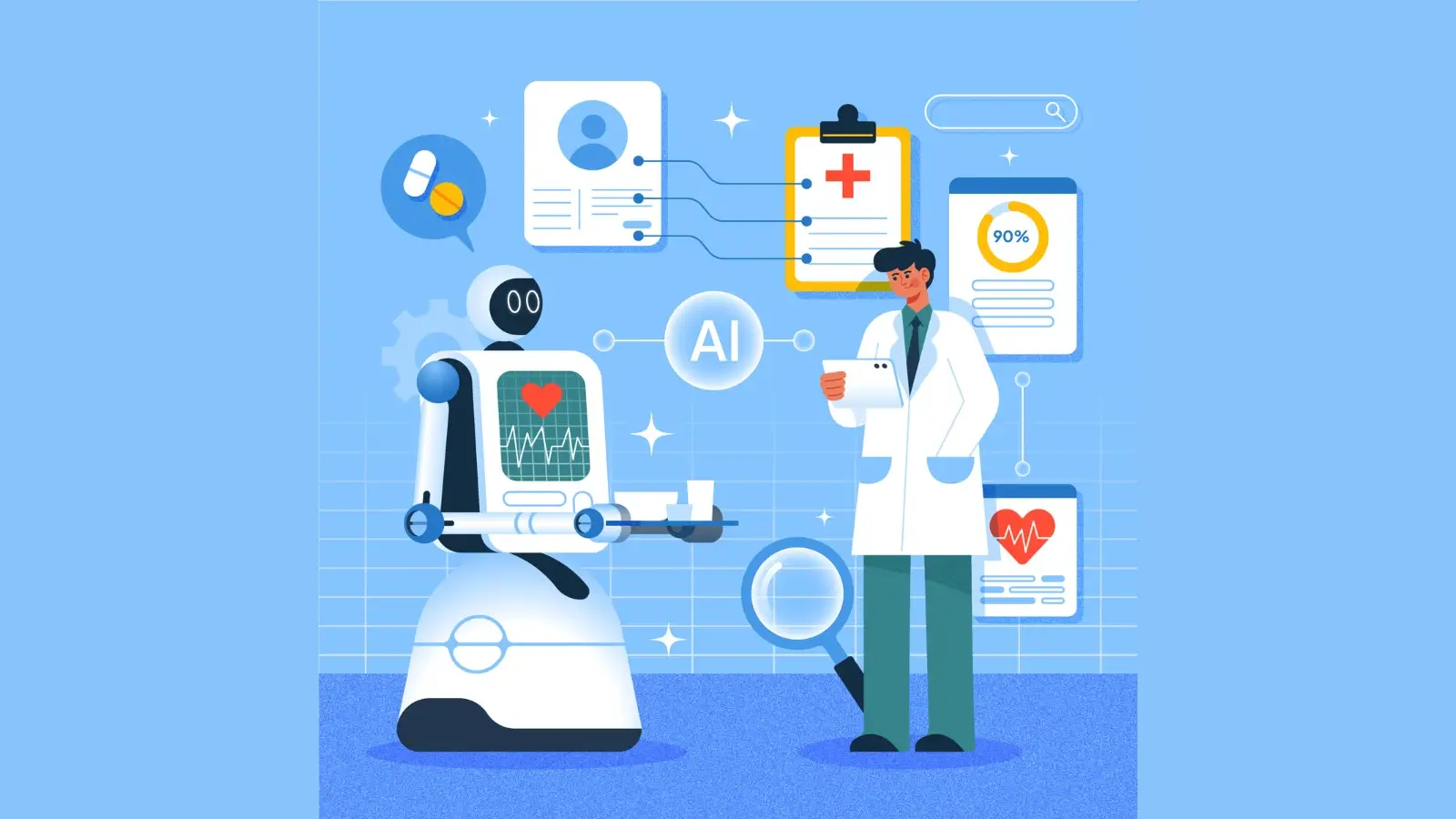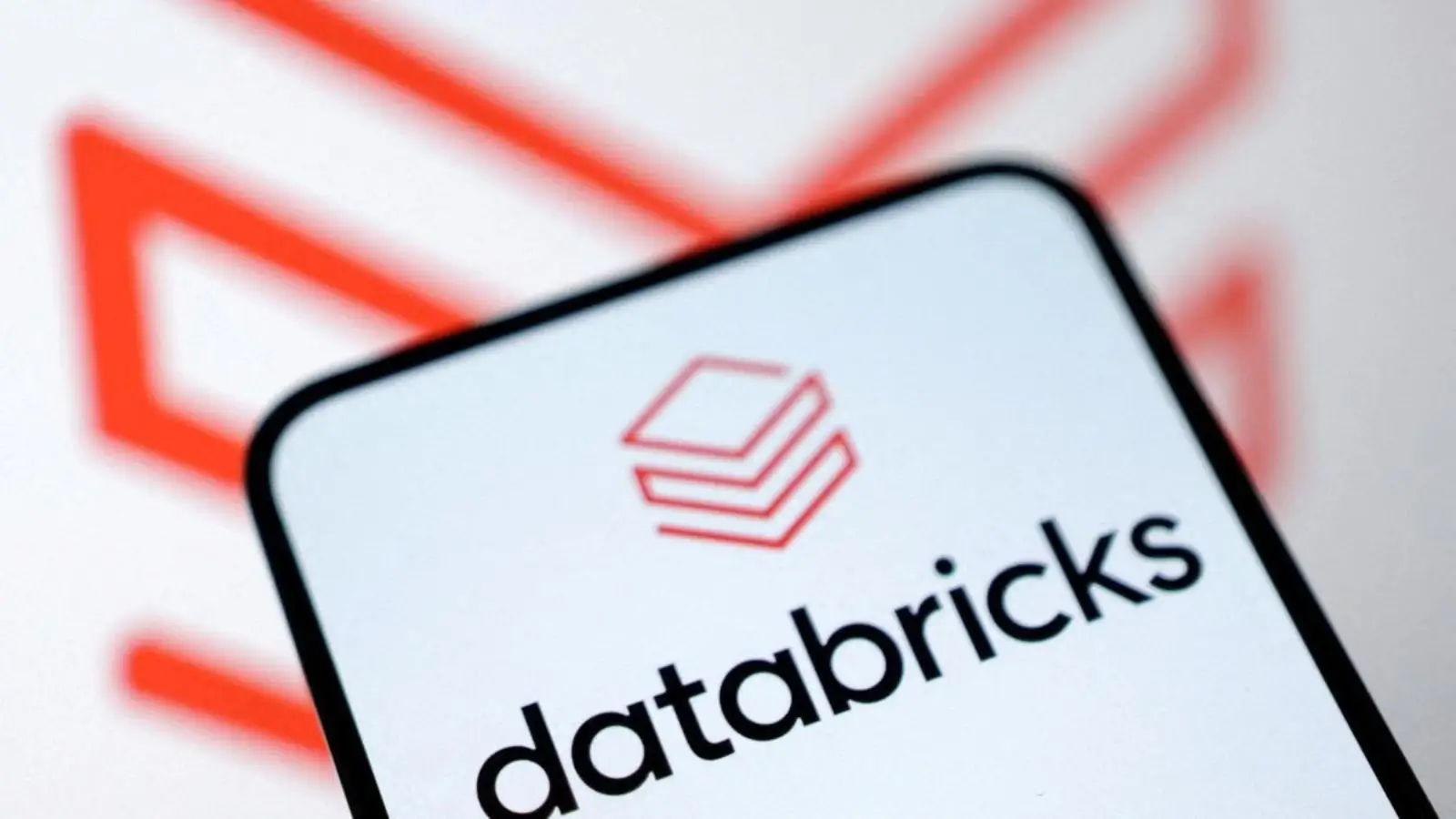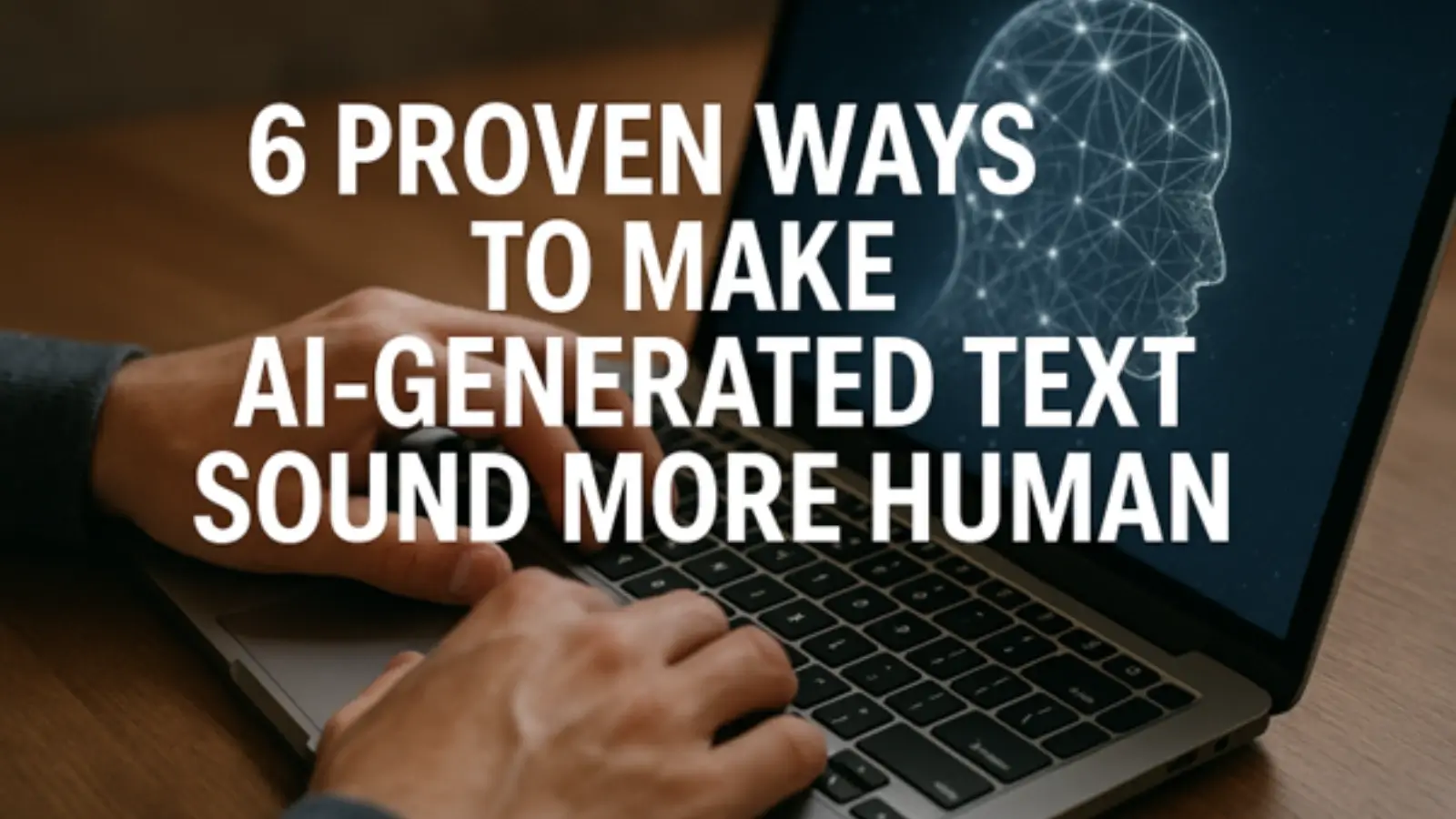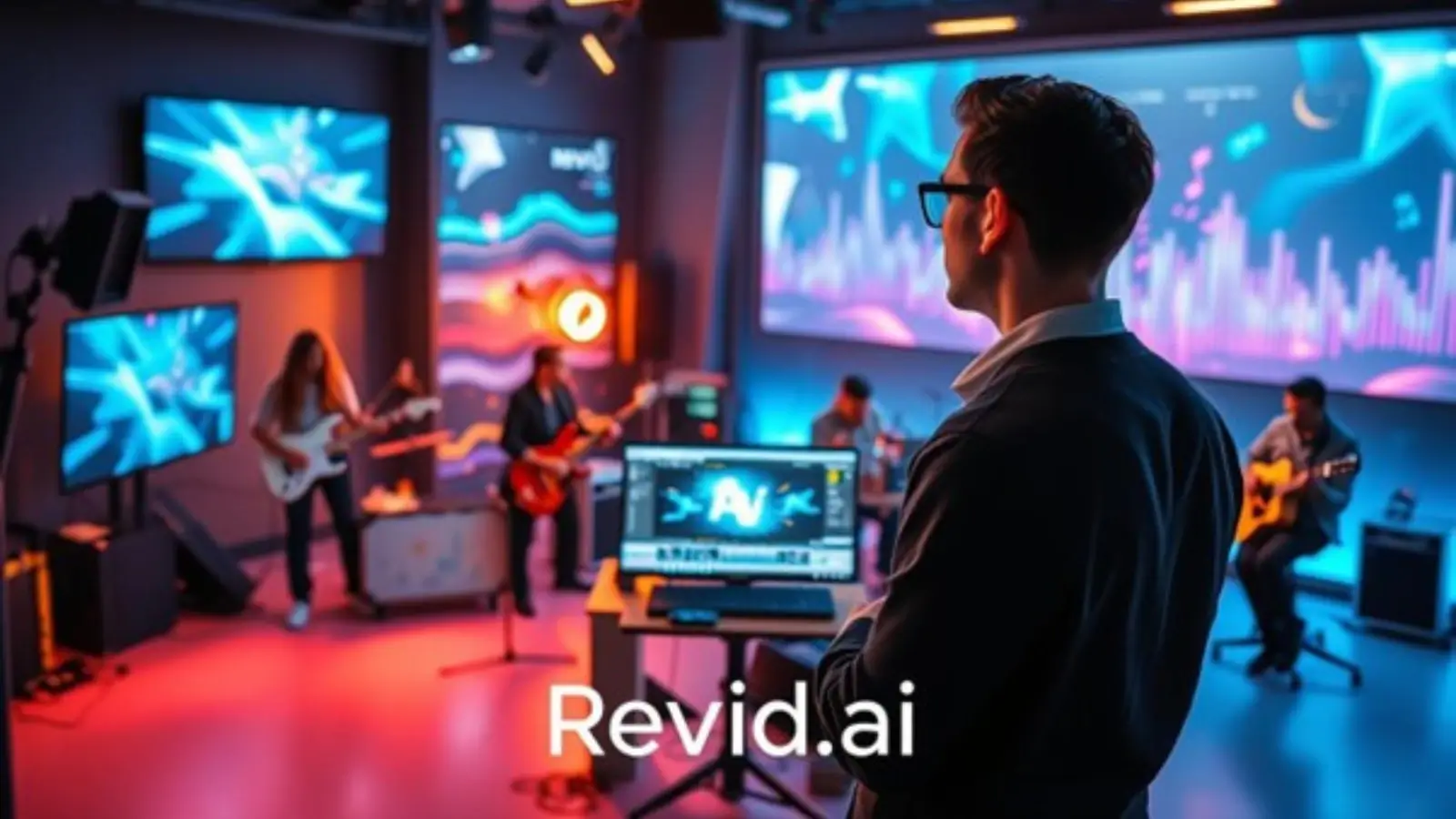It wasn’t long ago that social media was just a place for brands to be “present.” Fast forward to today, and it’s a battlefield for attention, influence, and business growth. As algorithms shift and audience behaviors evolve, staying ahead of the curve has never been more critical. That’s where artificial intelligence (AI) comes in—not just as a tech buzzword, but as a practical toolkit for reshaping how businesses approach their social strategies.
If you're wondering whether your brand should be weaving AI into your social media operations, the answer is yes. But let’s take it a step further: the real question is how.
From reactive to proactive: AI’s strategic edge
Traditional social media strategies often rely on manual scheduling, community management, and campaign analysis. These are labor-intensive, time-consuming, and reactive by nature. AI flips this model on its head.
Instead of responding after the fact, AI empowers businesses to forecast trends, automate engagement, and personalize content at scale. Whether it’s a generative model writing captions or machine learning predicting when your audience is most likely to engage, AI turns social media from a guessing game into a data-backed science.
Use case 1: Content creation at scale (but still with soul)
The most immediate win with AI? Content generation. Tools like ChatGPT, Jasper, and Copy.ai can churn out dozens of post drafts within seconds—tailored by tone, topic, and platform. But more importantly, they can act as creative springboards.
For businesses juggling multiple social accounts, AI doesn’t just save time—it maintains consistency. You can feed brand guidelines into content models, helping ensure your voice is not diluted across channels. While the human touch is still essential (no one wants robotic, generic content), AI handles the heavy lifting so marketers can focus on refining and storytelling.
Pro tip: Pair AI-generated captions with original brand visuals or behind-the-scenes footage to maintain authenticity while streamlining copywriting.
Use case 2: Predictive analytics and smarter scheduling
Gone are the days of relying solely on historical data and guesswork to plan your posting calendar. AI platforms now analyze patterns in real-time—engagement spikes, trending hashtags, sentiment shifts—and can adjust your strategy on the fly.
Tools like Cortex and Lately.ai don’t just recommend when to post—they suggest what to post based on performance metrics across industries. The result? Higher engagement, fewer flops, and faster iteration.
AI also excels at A/B testing. It can test headlines, image combinations, and hashtags simultaneously, then push top performers automatically. Think of it as having a data scientist and campaign manager rolled into one.
Use case 3: AI-powered listening and reputation management
Modern brands know that what’s being said about them online is just as important as what they post themselves. AI-driven social listening tools (like Brandwatch, Sprout Social, or Talkwalker) scan thousands of mentions, reviews, and comments to identify trends, potential crises, or opportunities.
By analyzing sentiment in real-time, these tools allow companies to respond proactively—before a complaint goes viral or a trend slips away. Better yet, they help uncover the language your audience uses, which can inform future messaging and product positioning.
And here’s where voice to voice AI is making a quiet but profound impact: some listening tools can now analyze audio content across podcasts, voice tweets, and video transcripts to understand how your brand is being spoken about—literally. This opens up a new layer of insights previously missed in traditional text-only monitoring.
Use case 4: Chatbots with brains (and personality)
AI-powered chatbots have come a long way. Once stiff and mechanical, today’s bots use natural language processing (NLP) to hold surprisingly human conversations. On platforms like Facebook Messenger or Instagram DMs, these bots can guide users through product catalogs, answer FAQs, or even help book appointments.
The key isn’t just automation—it’s smart automation. Great AI chatbots use user data to personalize responses, remember preferences, and escalate to human agents when needed. They reduce wait times and increase conversions, especially during high-traffic moments like launches or seasonal sales.
Tip: Don’t hide the fact that it's a bot. Instead, give it a name and a personality that matches your brand voice—it turns what could be a cold interaction into a delightful experience.
Use case 5: Hyper-personalization through machine learning
Audiences don’t want more content—they want more relevant content. That’s where AI shines brightest. By analyzing how individuals interact with your posts—what they like, save, comment on, or skip—AI can suggest content tailored to their preferences.
Some advanced tools can even dynamically adjust the visuals or messaging based on audience segments. For instance, the same Instagram ad might show a different background to a user in Tokyo versus one in Toronto, while keeping the product at the center. This kind of personalization was once reserved for giant brands with endless budgets; now, it's accessible to startups and midsize businesses.
What AI can’t (and shouldn’t) replace
Despite its immense capabilities, AI is still a tool—not a strategist. It can write a caption, but it can't understand your brand’s legacy. It can analyze sentiment, but not nuance. It can schedule posts, but not build community.
AI works best when it supports a broader, human-driven strategy. Your team should still define the goals, shape the narratives, and engage meaningfully with your audience. Think of AI as a talented assistant—not the director.
First steps: How to bring AI into your strategy today
If your business is new to AI in social media, don’t get overwhelmed. Start small:
-
Audit your current workflow. Identify bottlenecks that AI can improve (e.g., slow content creation, delayed responses).
-
Test one AI tool at a time. Pick an area—say, caption generation—and evaluate the ROI before expanding.
-
Train your team. AI adoption isn’t just about tools; it’s about mindset. Empower your marketers to experiment and iterate.
-
Measure impact. Set KPIs (e.g., engagement rate, time saved, sentiment improvement) and track results over time.
The future is hybrid
As AI becomes more accessible, businesses that blend human creativity with machine intelligence will dominate the social landscape. The goal isn’t to replace your marketing team—it’s to free them to focus on the work that really matters.
By smartly integrating AI into your social media strategy today, you’re not just catching up. You’re setting the pace.

















